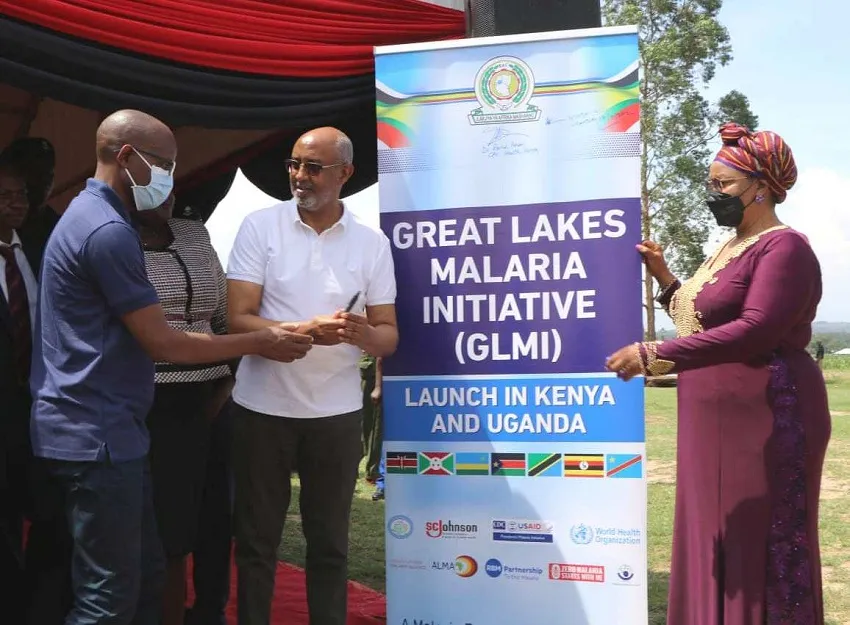Computer-Automated Malaria Diagnosis and Quantitation Using Convolutional Neural Networks
Thursday, 6 December, 2018
The optical microscope remains a widely-used tool for diagnosis and quantitation of malaria. An automated system that can match the performance of well-trained technicians is motivated by a shortage of trained microscopists. We have developed a computer vision system that leverages deep learning to identify malaria parasites in micrographs of standard, field-prepared thick blood films. The prototype application diagnoses P. falciparum with sufficient accuracy to achieve competency level 1 in the World Health Organization external competency assessment, and quantitates with sufficient accuracy for use in drug resistance studies. A suite of new computer vision techniques—global white balance, adaptive nonlinear grayscale, and a novel augmentation scheme—underpin the system’s state-of-the-art performance. We outline a rich, global training set; describe the algorithm in detail; argue for patient-level performance metrics for the evaluation of automated diagnosis methods; and provide results for P. falciparum
Mehanian C, Jaiswal M, Delahunt C, Thompson C, Horning M, Hu L, McGuire S, Ostbye T, Mehanian M, Wilson B, Champlin C, Long E, Proux S, Gamboa D, Chiodini P, Carter J, Dhorda M, Isaboke D, Ogutu B, Oyibo W, Villasis E, Tun KM, Bachman C, Bell D. Computer-Automated Malaria Diagnosis and Quantitation Using Convolutional Neural Networks. 2018. Open access ICCV workshop paper. https://openaccess.thecvf.com/content_ICCV_2017_workshops/papers/w1/Mehanian_Computer-Automated_Malaria_Diagnosis_ICCV_2017_paper.pdf







